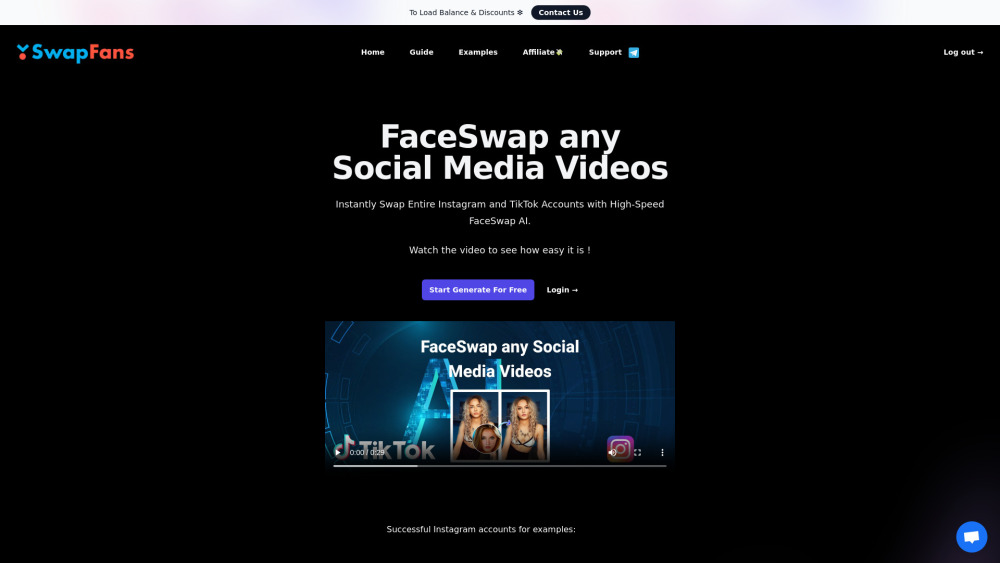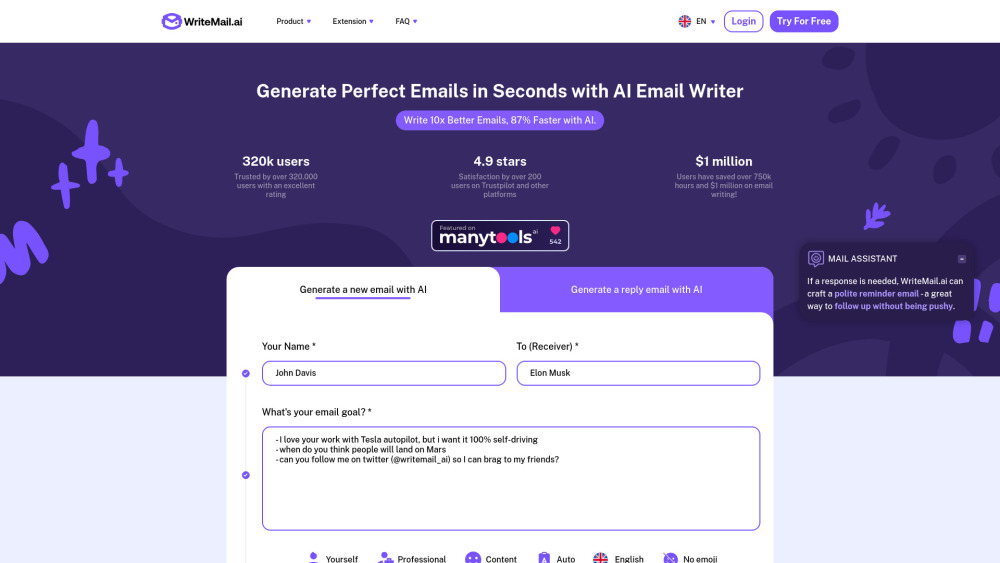The Demand for Alternative Cloud Solutions is at an All-Time High
The surge in interest for alternative cloud services is remarkable. A prime example is CoreWeave, a GPU infrastructure provider that began as a cryptocurrency mining firm. This week, CoreWeave raised $1.1 billion in new funding from prominent investors like Coatue, Fidelity, and Altimeter Capital. This financing round elevates its post-money valuation to $19 billion and its total capital raised to an impressive $5 billion in debt and equity, all within less than a decade of operations.
But CoreWeave is not alone in this trend. In early April, Lambda Labs, which provides a variety of cloud-hosted GPU instances, secured a special purpose financing vehicle for up to $500 million, shortly after completing a $320 million Series C funding round. Voltage Park, a nonprofit backed by crypto entrepreneur Jed McCaleb, announced last October its investment of $500 million into GPU-backed data centers. Similarly, Together AI, a cloud GPU host that also engages in generative AI research, raised $106 million in a Salesforce-led funding round in March.
Why is there such enthusiasm and investment in the alternative cloud sector? The focus is on generative AI. As the generative AI landscape continues to flourish, there is a growing need for the hardware to efficiently run and train these models at scale. GPUs are particularly suited for this task due to their architecture, featuring thousands of cores that operate in parallel, enabling them to handle the linear algebra calculations essential for generative models.
However, acquiring and installing GPUs can be prohibitively expensive. As a result, many developers and organizations opt for cloud services instead. Leading players in the cloud computing domain—Amazon Web Services (AWS), Google Cloud, and Microsoft Azure—provide numerous GPU and specialized hardware options tailored for generative AI workloads. Yet, alternative cloud providers often offer competitive pricing and better availability for certain models and projects.
For instance, renting an Nvidia A100 40GB GPU, a popular choice for model training and inference, costs $2.39 per hour on CoreWeave, amounting to roughly $1,200 per month. In comparison, the same GPU is priced at $3.40 per hour ($2,482 monthly) on Azure and $3.67 per hour ($2,682 monthly) on Google Cloud. Given that generative AI workloads typically utilize clusters of GPUs, these cost differences quickly accumulate.
“Companies like CoreWeave are part of a market we categorize as specialty ‘GPU as a service’ providers,” explained Sid Nag, VP of cloud services and technologies at Gartner. “With the soaring demand for GPUs, they present a viable alternative to traditional hyperscalers, effectively providing another path to market for Nvidia GPUs.”
Nag also highlights that even some large tech firms are increasingly looking to alternative cloud providers as they encounter compute capacity issues. For example, last June, CNBC reported on a multi-billion-dollar deal between Microsoft and CoreWeave to ensure that OpenAI, a key partner of Microsoft and creator of ChatGPT, would have sufficient compute power for training its generative AI models. Nvidia, the primary supplier of chips for CoreWeave, may view this trend favorably, reportedly granting some alternative cloud providers preferential GPU access.
Lee Sustar, a principal analyst at Forrester, notes that cloud vendors like CoreWeave are thriving partly because they don't bear the same “infrastructure baggage” as established providers. “With hyperscalers dominating the public cloud market—which requires significant investments in infrastructure and services that often yield little to no revenue—challengers like CoreWeave can find success focusing on premium AI services without the weight of extensive hyperscaler-level investments,” he stated.
However, can this growth be sustained? Sustar expresses some skepticism, suggesting that the long-term success of alternative cloud providers hinges on their ability to consistently bring GPUs online in high volumes while maintaining competitive pricing.
Pricing competition may intensify as major companies like Google, Microsoft, and AWS increase their investments in custom hardware. Google has its Tensor Processing Units (TPUs), Microsoft has introduced Azure Maia and Azure Cobalt, and AWS is developing Trainium, Inferentia, and Graviton chips. “Hyperscalers will utilize their custom silicon to reduce dependence on Nvidia, while Nvidia will look to collaborate with CoreWeave and other GPU-centric AI clouds,” Sustar noted.
Additionally, although many generative AI tasks excel on GPUs, not all workloads necessitate them, particularly those that aren't sensitive to processing time. CPUs can manage the required calculations, albeit at a slower pace compared to GPUs and specialized hardware.
Moreover, there is a looming concern about the potential collapse of the generative AI bubble, which could result in an oversupply of GPUs and insufficient demand from customers. However, analysts like Sustar and Nag maintain an optimistic outlook for the short term, anticipating a steady influx of emerging cloud providers.
“GPU-focused cloud startups will bring considerable competition to incumbents, particularly for customers who already utilize multiple cloud services and can navigate the associated complexities of management, security, risk, and compliance,” Sustar remarked. “Such cloud clients are willing to experiment with new AI cloud offerings if they come from credible leaders backed by solid financial resources and offer GPUs with minimal wait times.”






